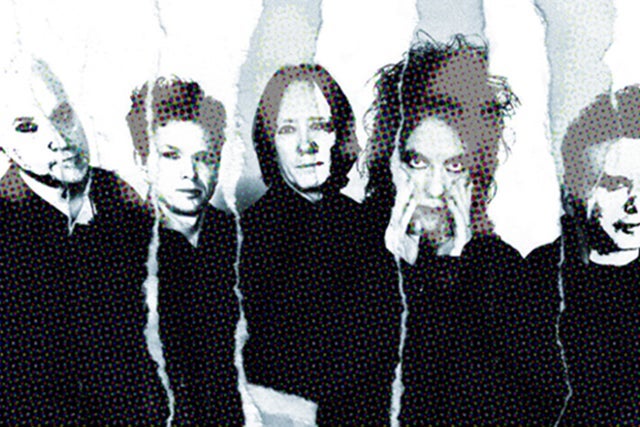The Cure grew out of Crawley in the late 70s, mixing post-punk edge with romantic melody under Robert Smith.
Long shadows, bright hooks
Today the core of
The Cure features
Simon Gallup,
Reeves Gabrels,
Roger O'Donnell, and
Jason Cooper, with a patient, mood-first approach. After a long touring gap and
Simon Gallup's brief 2021 exit and return, the band has leaned into marathon shows and deep cuts.
What might be played
Expect anchor moments like
Just Like Heaven,
A Forest,
Pictures of You, or
Lovesong, with encores that tilt from bright pop to stormy
Disintegration era pieces. The crowd skews multigenerational, from longtime fans with
Disintegration tour shirts to younger listeners comparing pedal sounds and saving their voices for choruses. Quiet stretches draw real silence, then big singalongs rise without pushing and settle quickly so the mood stays intact. Trivia: early on, the group performed as
Easy Cure, and live,
Roger O'Donnell often triggers the wind intro of
Plainsong from keys instead of backing tracks. Set choices and staging mentioned here come from experience and research, but they are not guarantees for your night.
The Cure Community, In Real Life
Quiet devotion, vivid details
Black tees, worn denim, and a few careful lipstick nods appear, but the feel is calm and intent rather than costume-heavy. Fans trade notes on
Disintegration-era art, compare which encore themes they caught, and talk about how the bass hit during
Fascination Street. Chants are rare until the encore, when a low sing-song call for the band bubbles up from the back and rolls forward. During
Friday I'm in Love, the volume jumps with friendly harmonies, then people settle into a quiet sway for
Plainsong or
Pictures of You.
Shared rituals, soft voices
Merch leans minimalist, with tour-dated posters and the occasional reprint nodding to
The Head on the Door or
Wish. After the lights rise, small groups linger to swap pedal talk, favorite deep cuts, and how many eras they have seen
The Cure perform.
The Cure: Soundcraft and Stagecraft
Sound built from the bottom up
Robert Smith's voice sits on the line between whisper and cry, and live he keeps it clean with light chorus and delay so words stay clear.
The Cure arrange songs so bass and drums carry the pulse while guitars paint wide colors, which lets long intros breathe without dragging.
Simon Gallup often plays with a pick for extra bite, and on
A Forest the band will stretch the midsection into a steady, patient climb.
Reeves Gabrels adds glassy harmonics or fuzz bursts depending on the section, sometimes dropping to a baritone or alternate tuning for weight.
Roger O'Donnell's pads and string patches fill the top without crowding the vocal, and
Jason Cooper keeps tempos a touch under the studio cuts to give choruses room.
Small choices, big impact
When they hit
Pictures of You, the guitar arpeggios often simplify in the verses so the vocal leads, then the full voicing blooms on the last chorus. Lighting tends toward deep washes and strong backlight, framing silhouettes instead of chasing beats.
Why The Cure Fans Also Show Up For These Acts
Kin across dark pop and post-punk
Fans of
Depeche Mode often connect with
The Cure's blend of synth texture and human ache, especially on slow-build epics.
New Order shares the post-punk-to-pop arc and a danceable low end that mirrors
Simon Gallup's driving lines.
Interpol draws fans who like baritone vocals over chiming guitars, a mood that echoes
Seventeen Seconds and
Faith.
Where tastes meet live
For a heavier, widescreen take,
The Smashing Pumpkins devotees may enjoy how
Reeves Gabrels pushes textures while keys keep the songs centered. In practice, the overlap is about steady momentum, layered hooks, and a live arc that trusts patience more than flash.



